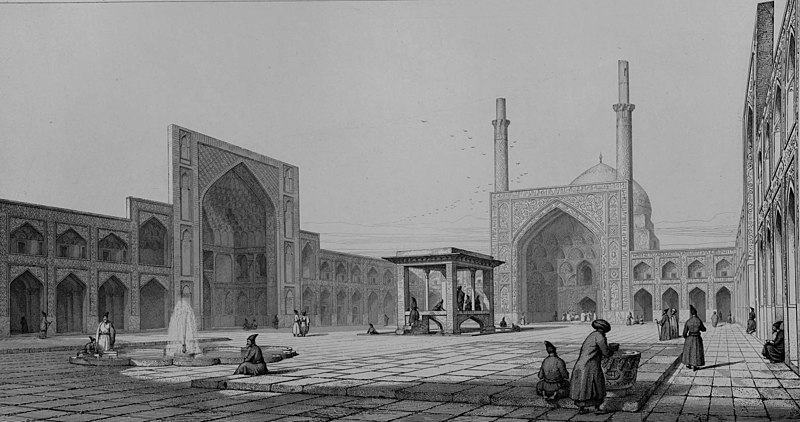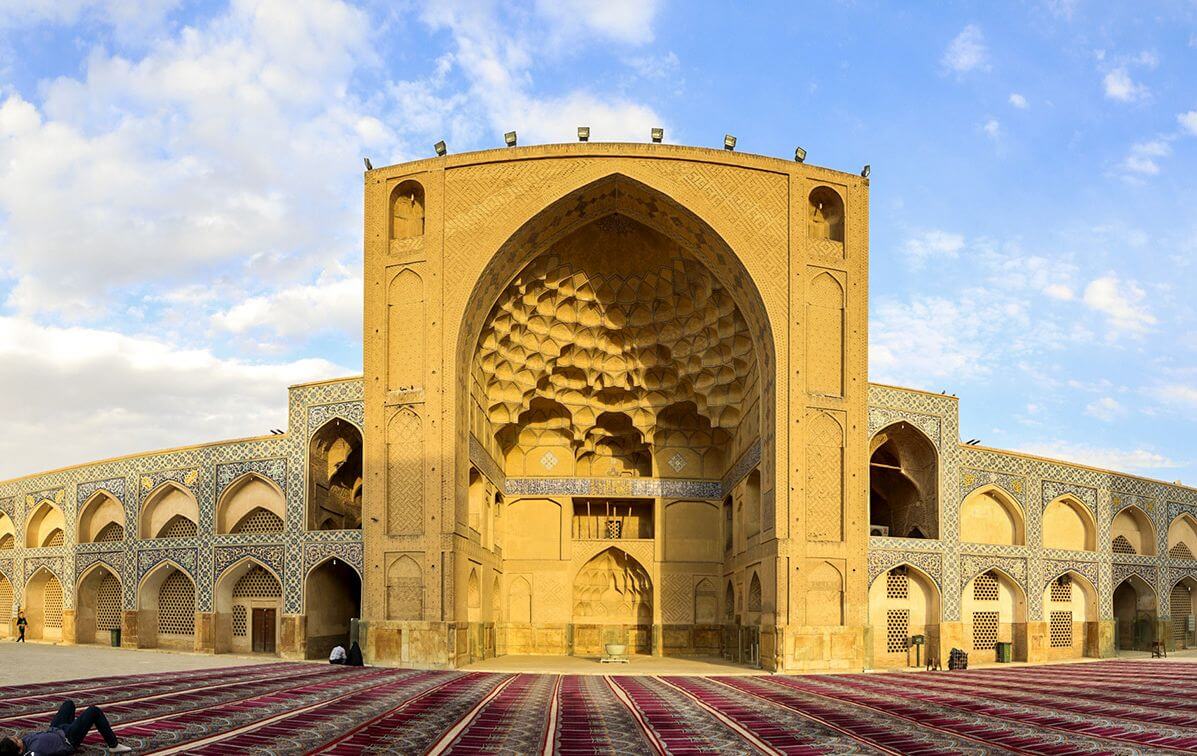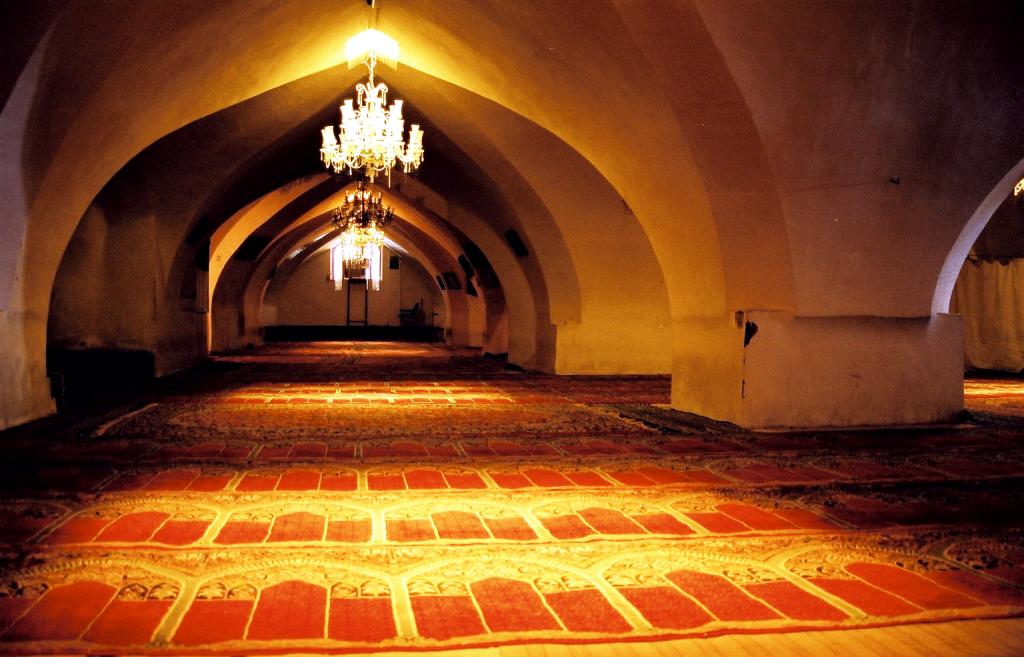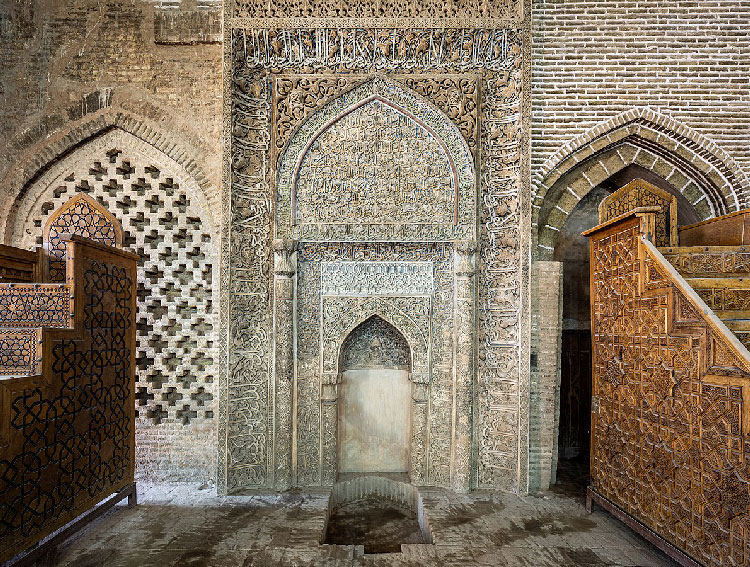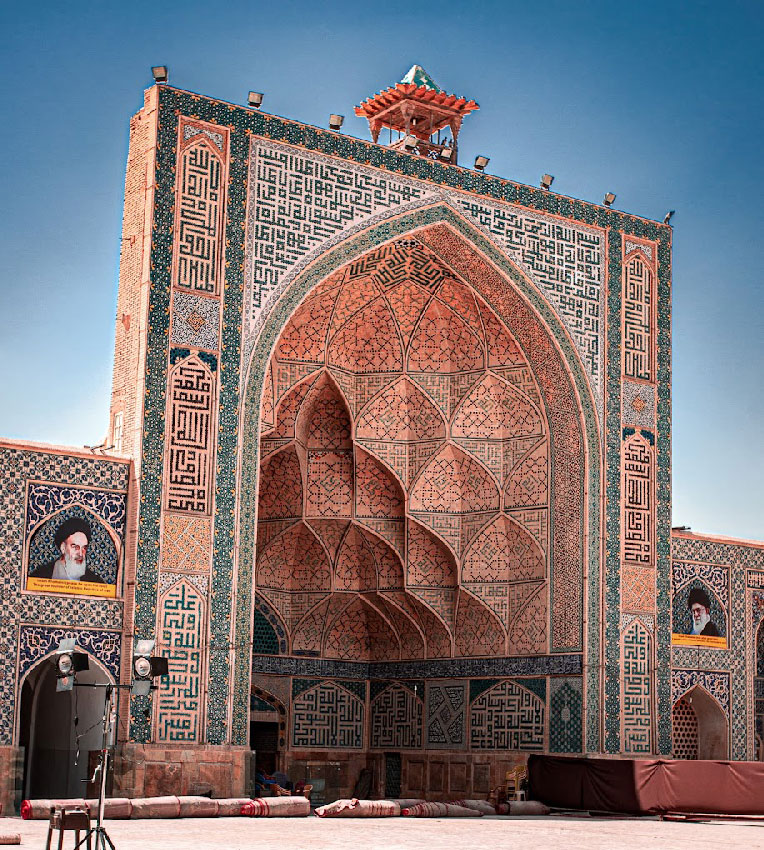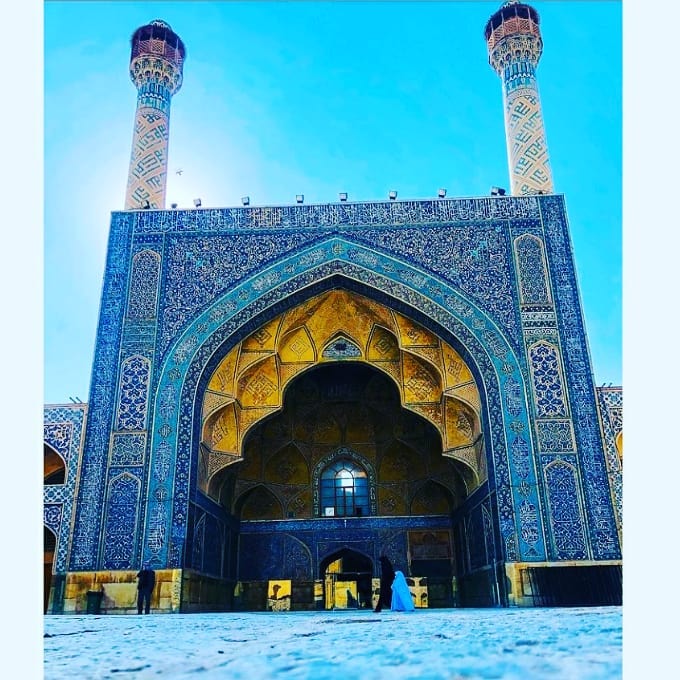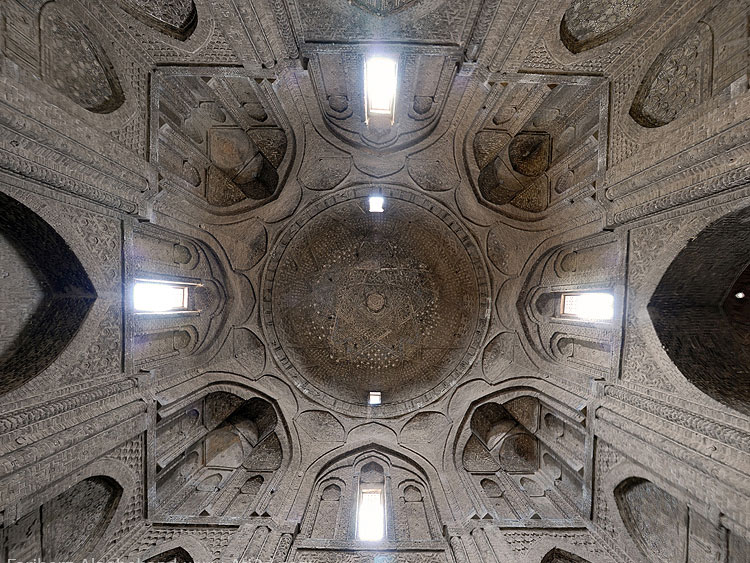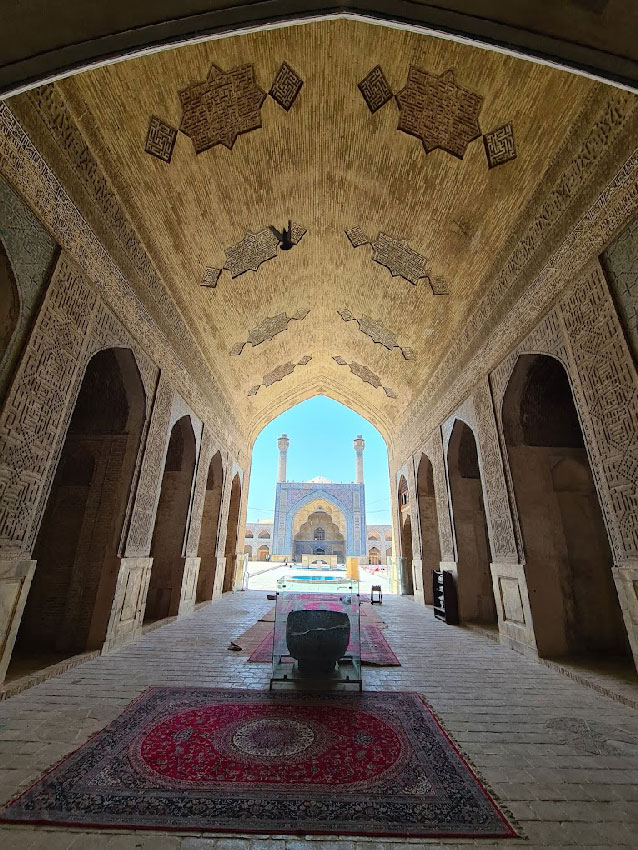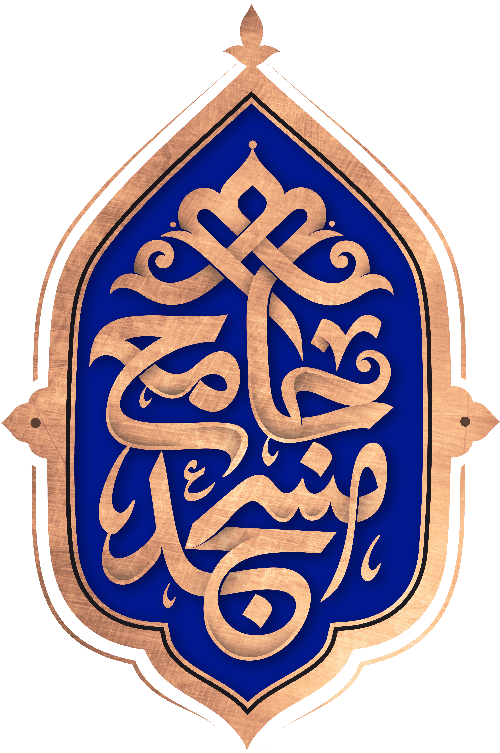During the rule of Malik Shah in Isfahan (465-485 A.H.), Khwaja Nizam al-Molk, the Seljuk vizier, built a huge dome with an opening of more than 15 meters and a height of more than 30 meters in Razi style on the south side of Isfahan Jame Mosque. The dome was completely free-standing, in the sense that the eastern, western and northern parts had no covered space, and some of the structures that can be seen today were added later.
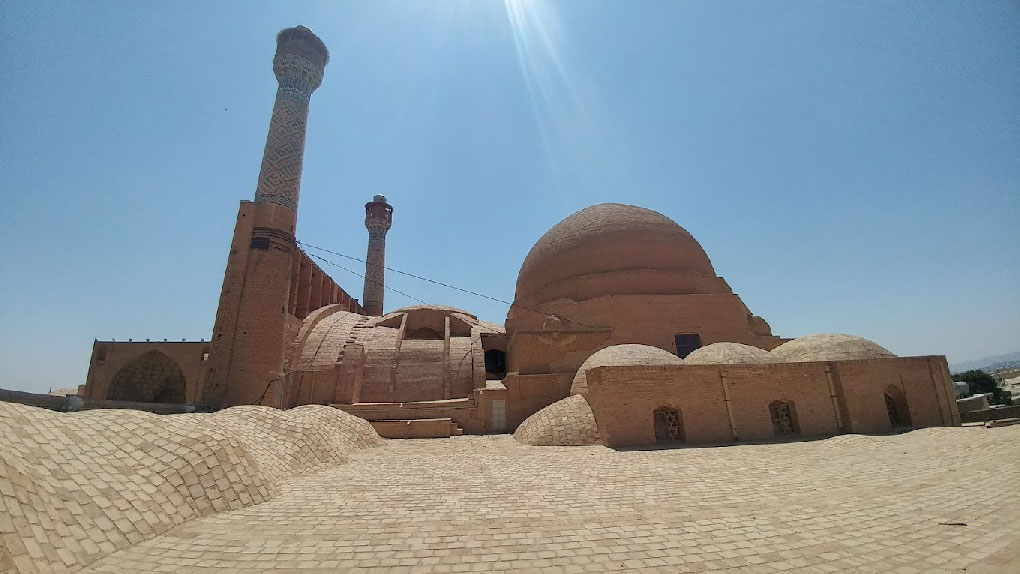
This dome is square, which changes to an octagonal shape in the higher parts and then to a circular shape, and then a dome building is formed; This huge dome is located on three-lobed earrings and has two shells, the first shell is between the trusses and the second shell, which is the outer shell, covers the trusses. This dome is placed on eight multi-part plastered columns, which are made of four circles to be massive instead of square columns. The internal dimensions of the hall of this dome are about 14.30 to 14.60 meters, and its external dimensions are 21 meters and the height is about 26.81 meters. This dome was built small compared to the population of that time and was probably built for nobles and nobles, not common people.
The inscription inside this dome is in simple brick Kufi script, and the name of Malik Shah Seljuqi and Khwaja Nizam al-Mulk and the executor of this building, Abi al-Fath Ahmed bin Muhammad Khazen, is engraved on it. The exact time of the construction of this dome and the installation of the inscription is not mentioned, but the construction date of the building is estimated between the years of Jumadi al-Thani 479- Dhul-Hijjah 480 AH/September 1086 and March 1088 AD. The altar of this mosque was probably built and decorated with marble and tiles on the altar of the Seljuk era in the 10th century AH, coinciding with the reign of Shah Tahmasab I. There is an inscription in the third script in this part, on which the sentence “Qal Allah Ta’barak wa Ta’ala” and verses 142 and 143 to the end of Surah 144 of Al-Baqarah are written. On the north side of the dome, Surah Ansrah and Dehr are plastered. “Izmeo” archeology group under the supervision of “Umberto Cerato” conducted excavations in the dome of Nizam al-Mulk. The first layer was marble and belonged to the Safavid era, the second layer was related to the Seljuk era paving stones, which was about 50 cm lower than the Safavid era flooring. Then there was the flooring of the 3rd century AH, which was attached to the wall of the altar and the floor
They have come across since that century, but after that they found eight-petaled flowers and a column decorated with plaster, and until now they have considered it to be from the Sassanid era.
Shabestan Safavi

At the end of the southwestern part of the mosque, the Safavid nightstand is located. Experts believe that Shabestan was created on the remains of Timurid period works. This Shabestan reaches a primary wall from the west side, from the south side to the alley behind the mosque, from the west side to the Buashaqiyeh alley, and from the north to the western corridor. This space is divided into two parts. The eastern part consists of many square and checkered columns and 28 springs in the roof. The second part is also made of 6 arches with a 9-meter opening, 7 narrow springs on the arches and in a narrow form. In contemporary archeological excavations, columns were obtained from it, which belonged to the Al-Buye period. In the northern part of this nave, it is beautifully decorated with knots. Poems are written on the marble altar of this chapel:
“Mustafa said, the knowledge of that country is in Ali, because they gave you the way in this city of knowledge from Dar Dara
From the door of Ahl al-Safa, the heart is far away, but from this door it is closer to God.
The lines and inscriptions of the forty pillars of the dome of Nizam al-Molk
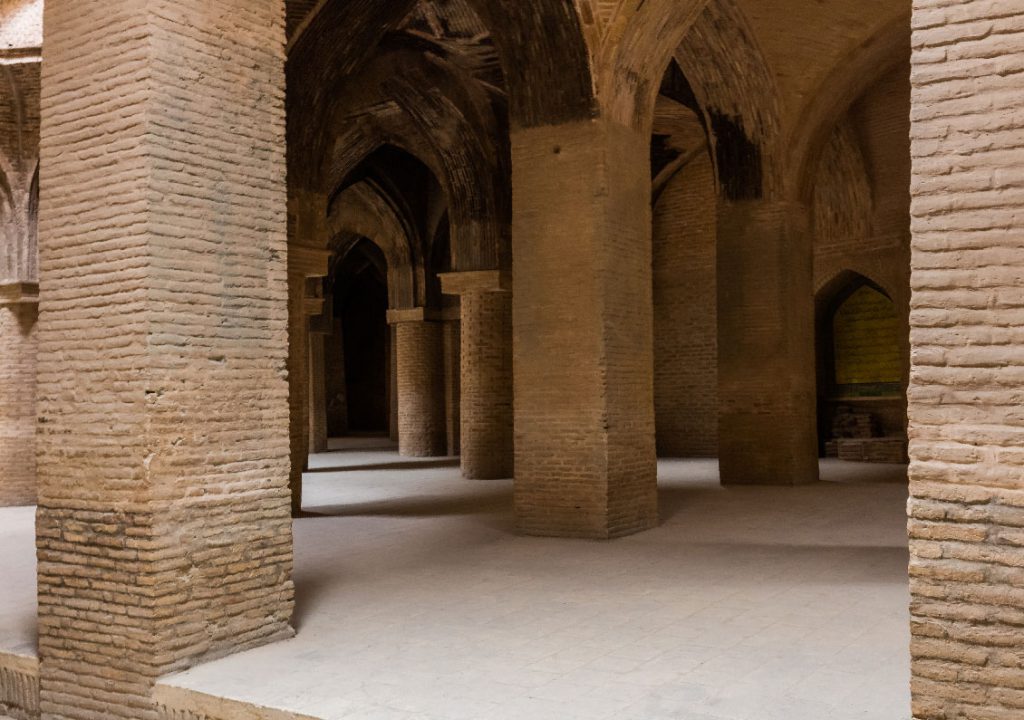
There are forty columns on both sides of the dome of Khwaja Nizam al-Mulk, which is related to the Seljuq era and was built during the Malik Shah era. These columns have undergone many changes and transformations in the later era and have been partially covered with plaster. The only part of them that is known has lines and inscriptions left from the Safavid era, and these lines are in the eastern forty-fourth of the dome of Nizam al-Mulk. In other words, there are some plaster lamps left on the pillars from the Seljuk period, next to one of them is written:
“It would be better for the poor to sit in a garden and a lamp in the corner of a mosque to burn like a lamp.”
In the west of the dome of Nizam al-Mulk, there is a forty column left from the Seljuk period, which has a marble altar and is decorated with the words “Qal al-Nabi, peace be upon him and his family and peace be upon him, in Medina of knowledge and Ali Baba.” In the southwest part of the Chehelstan mosque, there is another one that belongs to the era of Shah Abbas I. The aforementioned Chehelstan has a marble altar and on both sides of it, phrases are written in relief in the Tholut script.
Tahmasb’s confession: On the right side of the altar, the penitence of Shah Tahmasb Safavid is written on a stone tablet in thulth script and in relief. On the north side of Nizam al-Molk dome, there are two diagonal square tablets on the east and west sides. The eastern slab has plastered Surah Anshrah in simple calligraphy. Loh Ghar
